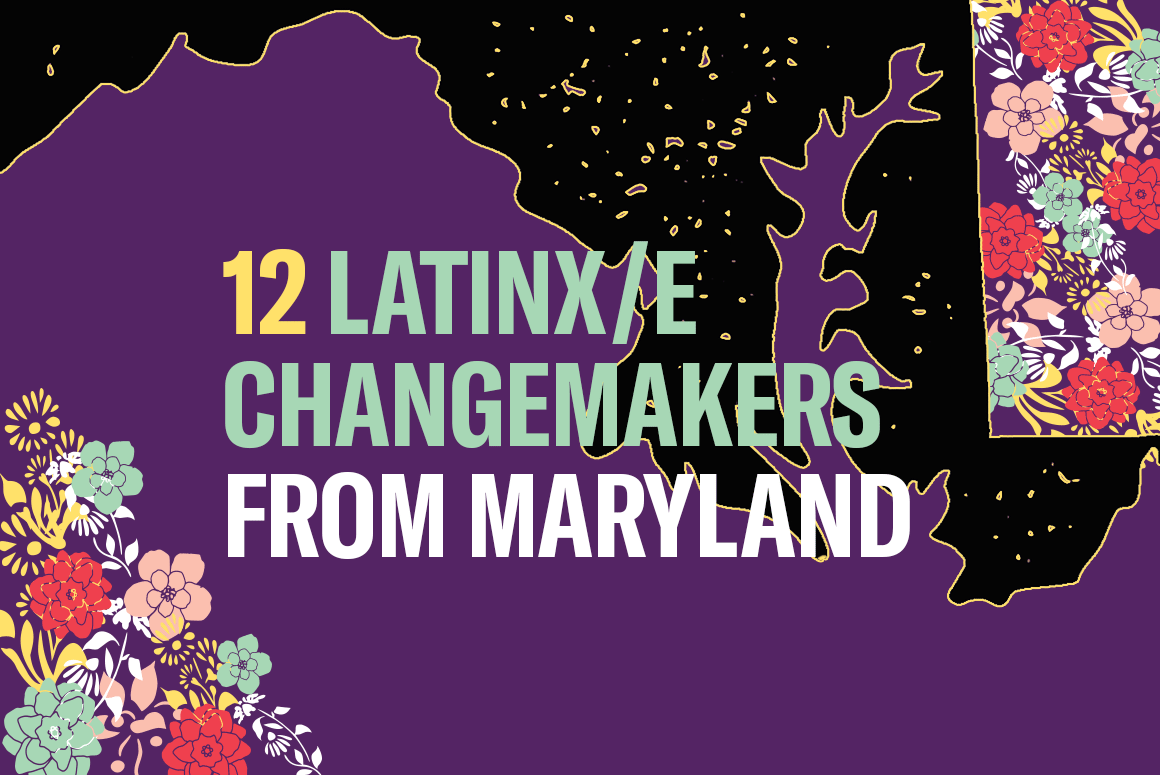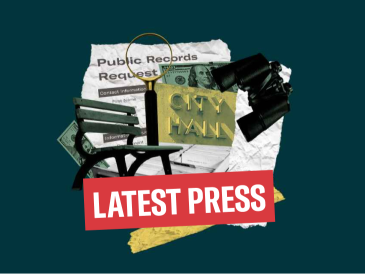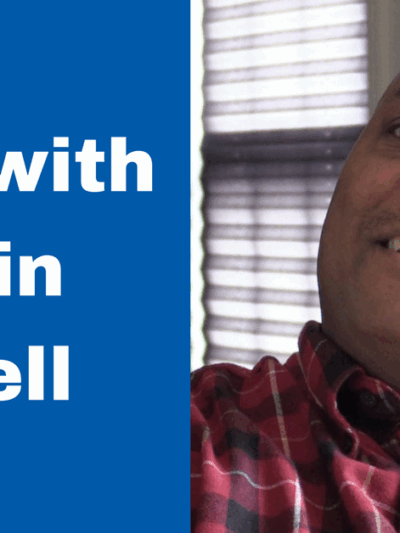News & Commentary
Students in Baltimore Also Have Dreams
Deshawna Bryant, a senior at Baltimore City High School, dreams of becoming a child psychologist. The youngest in her family, all her life Deshawna’s parents opened their home and hearts to many foster children, too. After high school, she plans on going to a university in Florida, and a big reason why is that it’s warm there all year round.
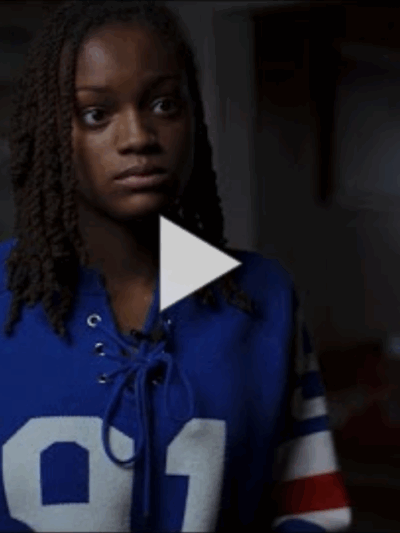
Celebrating Love and Family this Valentine’s Day
This Valentine’s Day, the ACLU of Maryland is celebrating the love between Mr. Wanrong Lin, and Ms. Hui Fang Dong, a courageous Maryland couple recently reunited by a federal judge after ICE used an unlawful “bait and switch” strategy to lure them into a meeting with ICE officials offering assistance in the immigration process, then switched tracks and threw Mr. Lin into jail and deportation proceedings.
By Nick Taichi Steiner

Increasing education funding is not a luxury
This piece originally appeared at The Baltimore Sun.Leslie Seid Margolis is managing attorney at Disability Rights Maryland. Contributors to this op-ed include: Cheryl Bost, Maryland State Education Association president; Shannen Coleman-Siciliano, Strong Schools Maryland co-executive director; Kimberly Humphrey, ACLU of Maryland legislative counsel; and Jane Sundius, Attendance Works senior policy fellow.As statewide advocates for education and equity, we were deeply disappointed by the decision to delay consideration to revise Maryland’s school funding formula. This decision has made it all the more important that the General Assembly and the governor make immediate, meaningful progress on committing additional funding to our schools as prescribed by the Kirwan Commission.Our elected leaders must ensure that urgently needed school funding increases are secured in this 2019 legislative session — even though determination of the formulas has been deferred until the 2020 session.Maryland should also learn from its previous experience revamping education funding. In 2002, the legislature and governor approved recommendations of the Thornton Commission but left decisions about how much money to allocate or where to find it until the following year. The result was that expectations for programming and outcomes were consistent with the Thornton Commission’s recommendations, but funding was not. Not only was the reform effort underfunded initially, funding in subsequent years failed to cover inflationary increases, which had a compounding effect over time. By 2016, the state’s own analysis estimated the annual funding deficit at $2.9 billion, or an average of $2 million per school.Class sizes are increasing across the state, sometimes to as many as 40 students. Fewer resources are available for critical supports such as counselors, course offerings are slimmed down, and field trips and other enrichment activities are eliminated. And, at the same time that educators are expected to shoulder the burden of reduced funding, they are also expected to help students to meet increased state and federal education standards — all without the salary increases their profession deserves. A recent survey found that more than four in 10 Maryland educators work a second job to make ends meet.Even worse, an independent analysis by Education Trust revealed that Maryland is shortchanging schools in poor communities more than those in affluent ones. Increasingly strong research shows that the impact of poorly funded schools is much greater for students who lack the home and community resources to make up for public education cuts, who require special educational supports to be successful, who suffer from institutional and individual biases and racism and who are recent arrivals to our nation. Their lack of experienced teachers, up-to-date materials and computer access reveals Maryland’s inequitable educational opportunities.To continue reading this piece at the Baltimore Sun, click here.
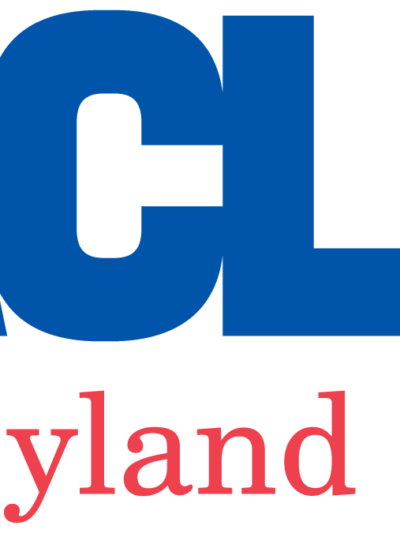
Solitary confinement: devastating for adults, worse for children
This piece originally appeared at The Baltimore Sun
By Caylin Young

Schools that Baltimore City Students Deserve
What’s possible for Baltimore City schools? This!

Baltimore City School Parents: We Need To Document Your Story
Are you a Baltimore City parent, student, or teacher who has been impacted by heating, air-conditioning, or other building issues in school? For an important major upcoming campaign, we need to document your story.

Make Your Voice Heard at the “Kirwan Commission” Public Hearing
Here are some tips from Caylin Young, Public Policy Counsel at ACLU of Maryland:Keep your comment brief, efficient, and on topic.Introduce yourself and give your affiliation, such as student, parent, community advocate. Tell the Commission which county you are from and the name of your school (if applicable).Identify 3 main points maximum for your comment. You can break down each point, but stick to 3 main ones.Structure your comment by telling the Commission what you are going to tell them, tell them, and then tell them what you told them.Tell a personal story that is relevant to the specific point you are trying to address. A personal story will maximize your effectiveness.Thank the Commission and provide your contact information along with a few printed copies of your written testimony.Submit an electronic copy of your comment in advance of the hearing.Double-check details for submitting your public comment to make sure you have checked off everything on the list of instructions.Practice, practice, practice! Practicing saying your comment will not only build confidence, but will help you keep it within the allotted timeframe (3 minutes!). They may cut you off if you go over.Relax and don’t forget to breathe!Time to flex your advocacy muscles! Thank you for making your voice heard.Stay updated on the Kirwan Commission, get action alerts, and other critical education news. Sign up to get our Education Advocate newsletter in your inbox.

Race Equity Must Be a Key Priority for the Kirwan Commission
TAKE ACTIONClosing racial gaps is urgent, and race equity must be a key priority in our discussions about changes to Maryland’s education system. Take action: Tell the “Kirwan” Commission you support strong and effective recommendations to further race equity.

Stay Informed
Sign up to be the first to hear about how to take action.
By completing this form, I agree to receive occasional emails per the terms of the ACLU’s privacy statement.
By completing this form, I agree to receive occasional emails per the terms of the ACLU’s privacy statement.

